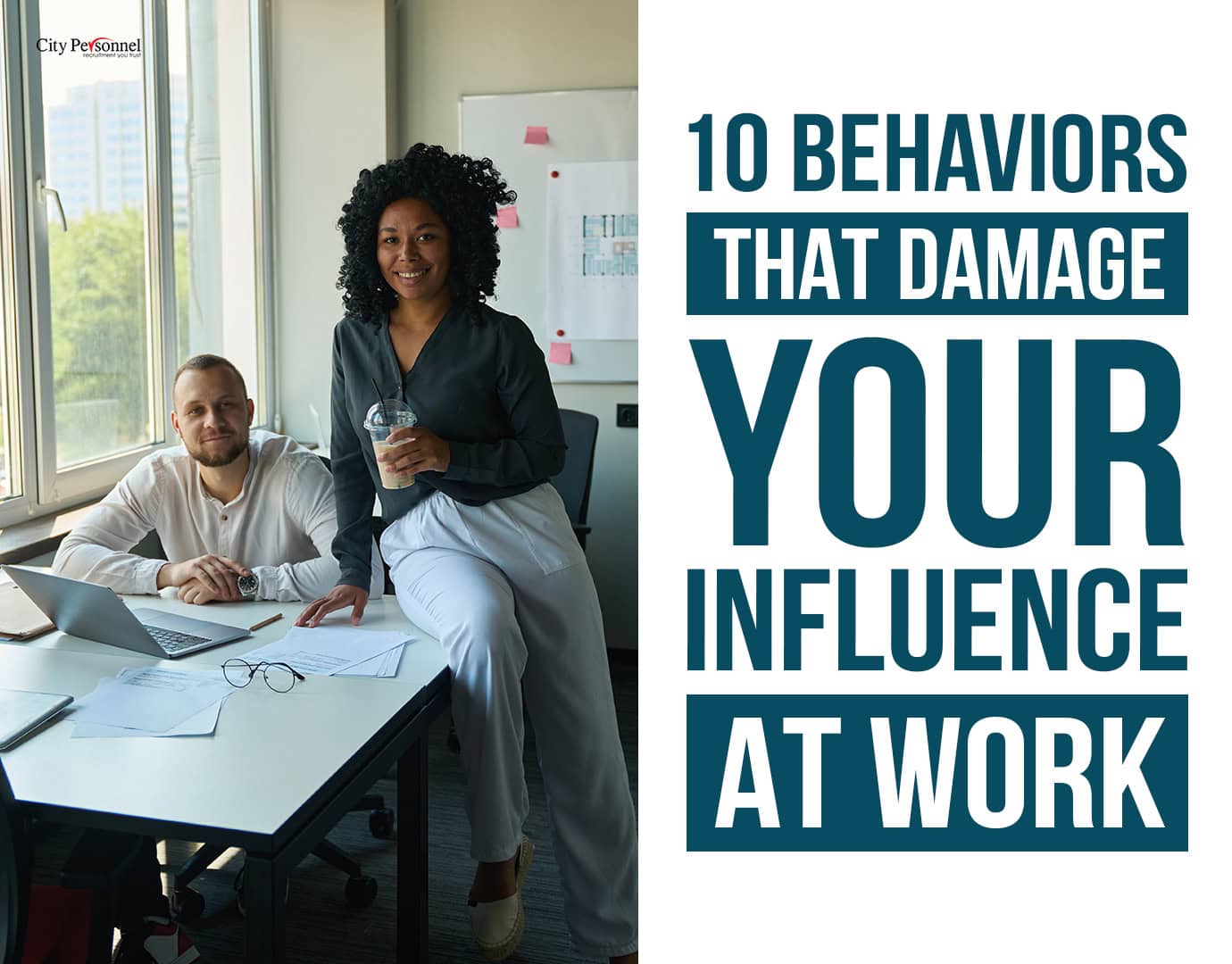In 1973, the United States Supreme Court handed down a landmark decision in Roe v. Wade. This decision legalized abortion nationwide and sparked a heated debate on both sides of the issue.
Recently, Roe v. Wade was overturned, which has greatly impacted our community, including the workplace. In this blog post, we will look at how Roe v. Wade has impacted employment after being overturned in 2022.
On June 24, 2022, the Dobbs v. Jackson Women’s Health Organization decision overturned Roe v. Wade, a landmark piece of legislation making it a federal right in the United States to access an abortion. Now that it has been overturned, many states have already made their decision on whether or not they will ban abortion. Currently, 12 states have fully banned abortion, while many others are looking to follow suit. Here is a full list of each state and its status on abortion.
| State | Status | Legal Until | Alabama | Banned | - |
|---|---|---|
| Alaska | Legal | No gestational limit |
| Arizona | Ban blocked | Viability |
| Arkansas | Banned | - |
| California | Legal | Viability |
| Colorado | Legal but limited | No gestational limit |
| Connecticut | Legal | Viability |
| Delaware | Legal but limited | Viability |
| Florida | Gestational limit | 15 weeks |
| Georgia | Gestational limit | 6 weeks |
| Hawaii | Legal | Viability |
| Idaho | Banned | - |
| Illinois | Legal | Viability |
| Indiana | Ban coming | 22 weeks |
| Iowa | Ban blocked | 22 weeks |
| Kansas | Legal but limited | 22 weeks |
| Kentucky | Banned | - |
| Louisiana | Banned | - |
| Maine | Legal | Viability |
| Maryland | Legal | Viability |
| Massachusetts | Legal | 24 weeks |
| Michigan | Ban blocked | Viability |
| Minnesota | Legal | Viability |
| Mississippi | Banned | - |
| Missouri | Banned | - |
| Montana | Ban blocked | Viability |
| Nebraska | Legal but limited | 22 weeks |
| Nevada | Legal but limited | 24 weeks |
| New Hampshire | Legal but limited | 24 weeks |
| New Jersey | Legal | No gestational limit |
| New Mexico | Legal | No gestational limit |
| New York | Legal | Viability |
| North Carolina | Gestational limit | 20 weeks |
| North Dakota | Ban blocked | 22 weeks |
| Ohio | Gestational limit | 6 weeks |
| Oklahoma | Banned | - |
| Oregon | Legal | No gestational limit |
| Pennsylvania | Legal but limited | 24 weeks |
| Rhode Island | Legal but limited | Viability |
| South Carolina | Ban blocked | 22 weeks |
| South Dakota | Banned | - |
| Tennessee | Banned | - |
| Texas | Banned | - |
| Utah | Gestational limit | 18 weeks |
| Vermont | Legal | No gestational limit |
| Virginia | Legal but limited | Viability |
| Washington | Legal | Viability |
| West Virginia | Ban blocked | 22 weeks |
| Wisconsin | Banned | - |
| Wyoming | Ban blocked | Viability |
Supporting Your Workforce
As you may know, the job market is candidate-driven. We have been talking about this job market for the past year, and it looks like it won’t change anytime soon. If your company wants to thrive in this job market, you must improve your hiring and employee retention.
Before Roe v. Wade was overturned, experts were already advising companies to create new work environments to retain their employees, especially women. With the fallout from Row v. Wade, it is likely to be more challenging to attract women to your job openings, especially if you haven’t acknowledged the overturning of Roe v. Wade altogether.
Here are five actions to consider to improve office wellbeing and employee retention when dealing with the Roe v. Wade decision.
Take Immediate Action
As the country grapples with the implications of the recent Supreme Court decision in Dobbs v. Jackson, many companies are considering how to best support their employees. In some cases, this might mean taking immediate action to help employees who may be impacted by the ruling.
For example, many companies are already covering travel costs for employees who need to receive abortion or gender-affirming health care in states where those procedures are still legal. Others, like Google, offer employees the opportunity to relocate to states where abortion remains legal. And still others, like Patagonia and Live Nation, provided financial assistance to employees who were arrested when they participated in demonstrations against the ruling.
In all cases, companies must communicate openly and honestly with their employees about these decisions. Acknowledging that there will be a variety of opinions on this issue is an important step in maintaining a healthy workplace environment.
Create New Policies
As a leader, you should see the overturning of Roe v. Wade as a sign to support your employees across aspects of bearing and raising children.
Recently, the Institute for Women’s Policy Research found that state-level abortion restrictions cost state economies $105 billion per year by reducing labor force participation and earnings levels, in addition to increasing turnover and time-off from work among women between the ages of 15 to 44 years old.
Many companies have implemented on-site childcare (especially knowing how hard it is for parents to find childcare in this economy) and care benefits.
Moreover, flexible work arrangements can help employees better manage their workloads during and after pregnancy. For example, Netflix allows up to a year of parental leave before returning to work. Other companies like Google, Airbnb, Microsoft, Amazon, Uber, Meta, and Salesforce have similar benefits for their workers.
Finally, supporting working parents also requires ending discrimination against them. Pregnancy discrimination complaints have increased steadily over the past three decades. An estimated 250,000 women are also denied accommodations related to their pregnancies each year.
Pregnancy discrimination can take many forms, from an employer refusing to hire a pregnant woman to an employee being forced to take unpaid leave or being demoted after returning from maternity leave. To prevent such discrimination, organizations can develop clear policies about expectations for employees during and after pregnancy. Ultimately, supporting working parents is not only the right thing to do but also good for business. By creating a more supportive environment for employees who are bearing and raising children, companies can boost employee morale, reduce turnover, and increase productivity.







